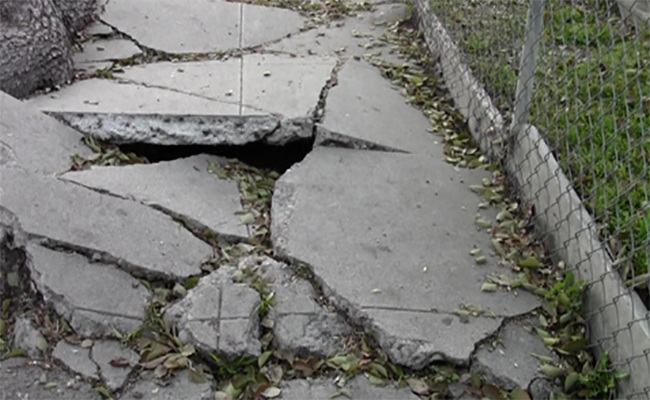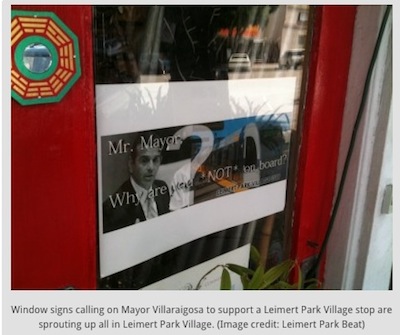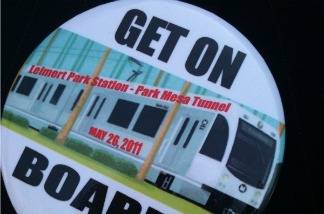Los Angeles will spend more than $1 billion over the next 30 years to repair disrupted sidewalks, curb ramps, crosswalks, pedestrian crossings and other walkways, according to city officials.
The allocation of funds comes as part of a settlement announced Wednesday in a class action suit against the city. The suit alleged that crumbling sidewalks made it difficult for people in wheelchairs and those with mobility disabilities to access public walkways, thus violating the Americans with Disabilities Act.
“This $1.4 billion settlement is the largest disability access class action settlement in U.S. history,” said attorney Guy Wallace, representing the plaintiffs, in a statement. [Read more…]










 Simultaneously, the Crenshaw Subway Coalition has been advocating for the project to be adequately funded to make such happen. Yet, at every turn we’ve been met with forceful opposition from the MTA staff and the board – most prominently Mayor Villaraigosa.
Simultaneously, the Crenshaw Subway Coalition has been advocating for the project to be adequately funded to make such happen. Yet, at every turn we’ve been met with forceful opposition from the MTA staff and the board – most prominently Mayor Villaraigosa. What they don’t recognize is the decades-long work the community has done to position Crenshaw for its rebirth in spite of constant political and bureaucratic challenges and neglect. Residents and business owners came together to push for and pass a specific plan for the Crenshaw corridor that prohibits uses like liquor stores and motels, and guides future development in a direction similar to Downtown Culver City.
What they don’t recognize is the decades-long work the community has done to position Crenshaw for its rebirth in spite of constant political and bureaucratic challenges and neglect. Residents and business owners came together to push for and pass a specific plan for the Crenshaw corridor that prohibits uses like liquor stores and motels, and guides future development in a direction similar to Downtown Culver City.





